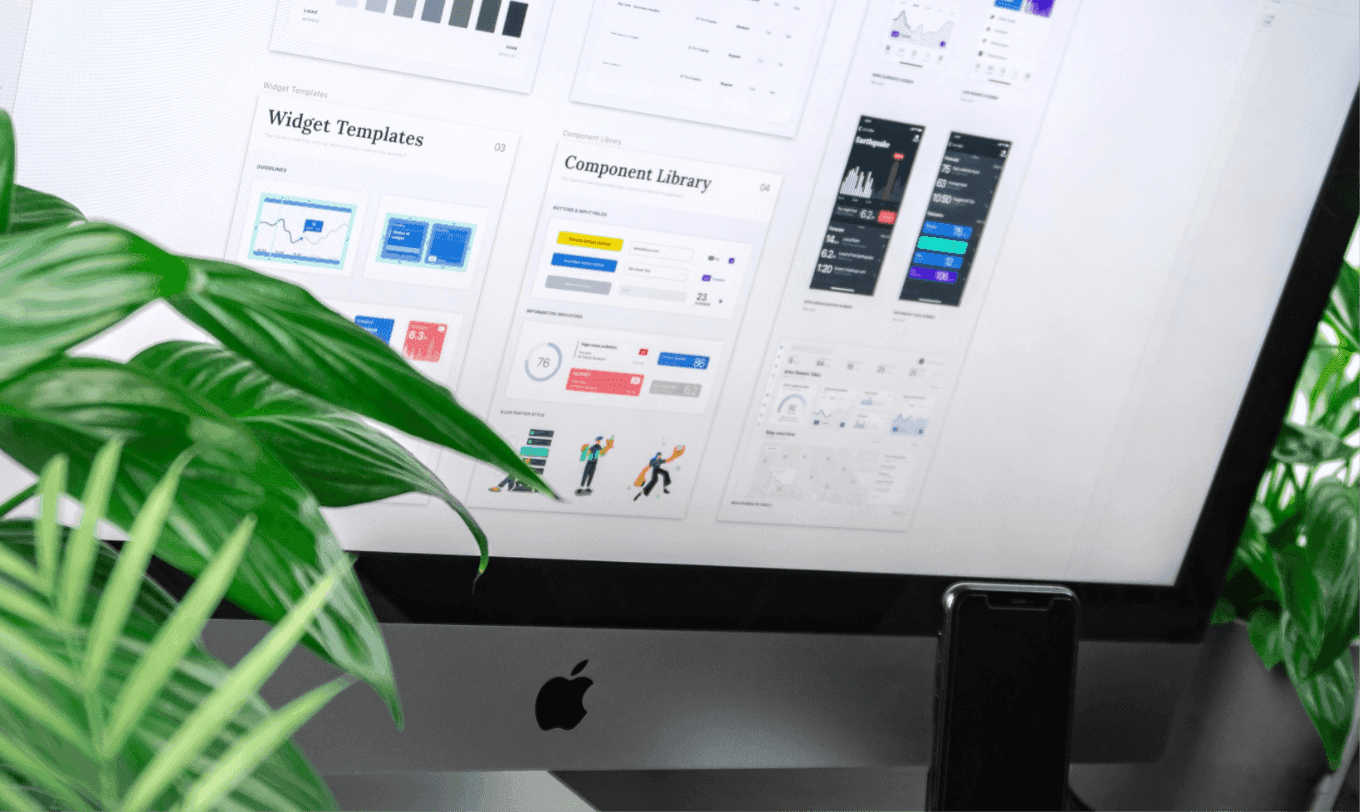Creating an effective handoff process from design to development is a critical step in any product development cycle. However, as any designer knows, it can be a nerve-wracking experience to send your carefully crafted design off to the dev team. It’s like waiting for a cake to bake — you can’t help but wonder how it will evolve in the oven and how it will taste when you take it out of the oven.
The relationship between designers and developers has always been a little rocky. Despite tools like Figma’s Inspect feature (which allows developers to inspect designs and potentially convert them to code in a more streamlined way), there are still many barriers between the two roles. Often, design details are hidden within even more detailed parts, making it difficult for developers to accurately interpret the designer’s intentions.
For instance, when designing an image, a designer might import an image, adjust its style, and call it done. More sophisticated designers might also wrap the image in a frame or auto layout so it better matches how developers will later convert it to code. But even then, many details could still be missing.
The main problem here is that designers typically create their designs within a finite workspace (a frame with a specific width). In reality, however, the design elements will need to adapt to a variety of different environments, such as varying device sizes, window widths, screen resolutions, and other factors that can influence how the design is displayed. Therefore, developers will always come back with the following questions:
What should be the minimum/maximum width/height of the image?
What is its content style?
What effects need to be added?
In reality, these are the details that need to be addressed.
Every developer works, thinks, and writes code differently, which means there is no such thing as the ideal handoff document. Instead, our focus should be on creating a non-perfect but still effective and usable handoff process.
Designers, let’s face the truth: There’s no perfect handoff.
So, how can the handoff files be improved?
Talk To Developers More Often
Design is often marked as complete once the design handoff file is created and the developers start transforming it into code. However, in reality, the design is only complete when the user finds the experience pleasant.
Therefore, crafting the design handoff file and having the developer help bring your design to the user is essentially another case study on top of the one you have already worked on. To make it perfect, just as you would talk to users, you also need to communicate with engineers — to better understand their needs, how they read your file, and perhaps even teach them a few key things about using Figma (if Figma is your primary design tool).
Here are a few tips you can teach your developers to make their lives easier when working with Figma:
SHOW DEVELOPERS THE SUPERPOWER OF THE INSPECT PANEL
Figma’s Inspect feature allows developers to see the precise design style that you’ve used, which can greatly simplify the development process. Additionally, if you have a design library in place, Inspect will display the name of each component and style that you’ve used. This can be incredibly helpful for developers, especially if they’re working with a style guide, as they can use the component or style directly to match your design with ease.
In addition to encouraging developers to take advantage of the Inspect panel, it’s sometimes helpful to review your own design in a read-only view. This allows you to see precisely what the developers will see in the Inspect panel and ensures that components are named accurately, colors are properly linked to the design system, and other vital details are structured correctly.
Source: https://www.smashingmagazine.com/2023/05/designing-better-design-handoff-file-figma/
You might also like…








